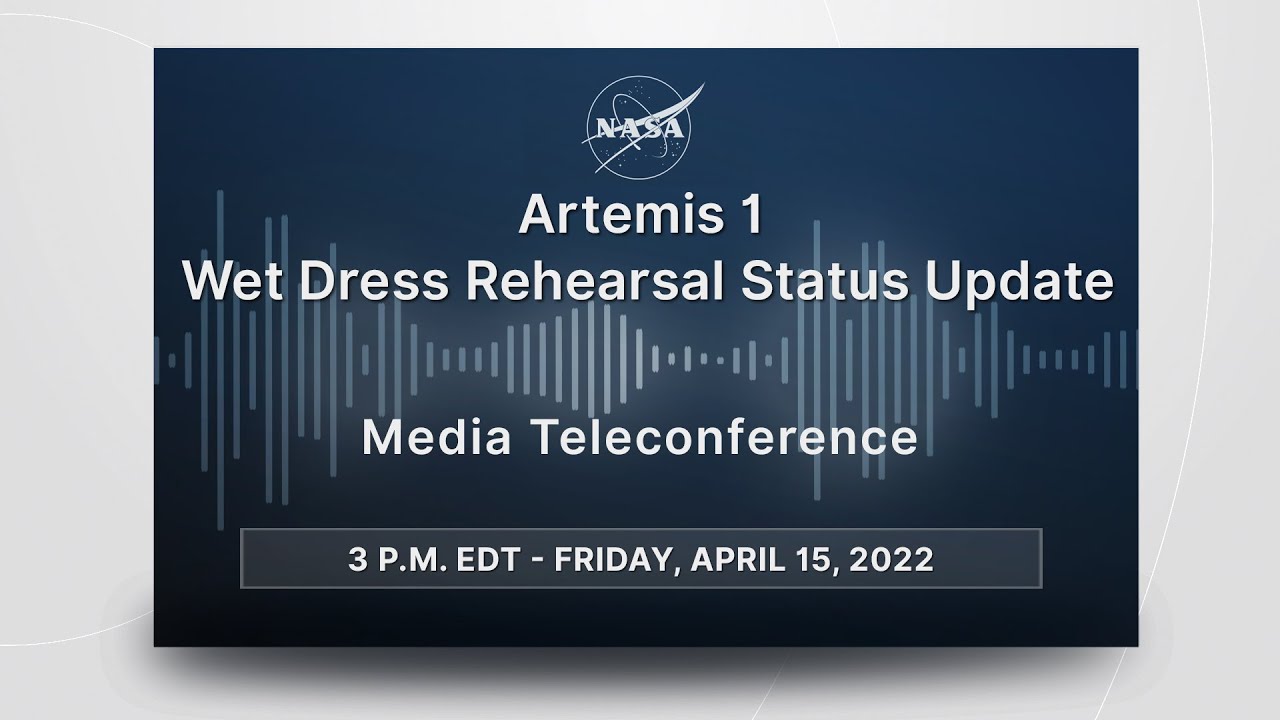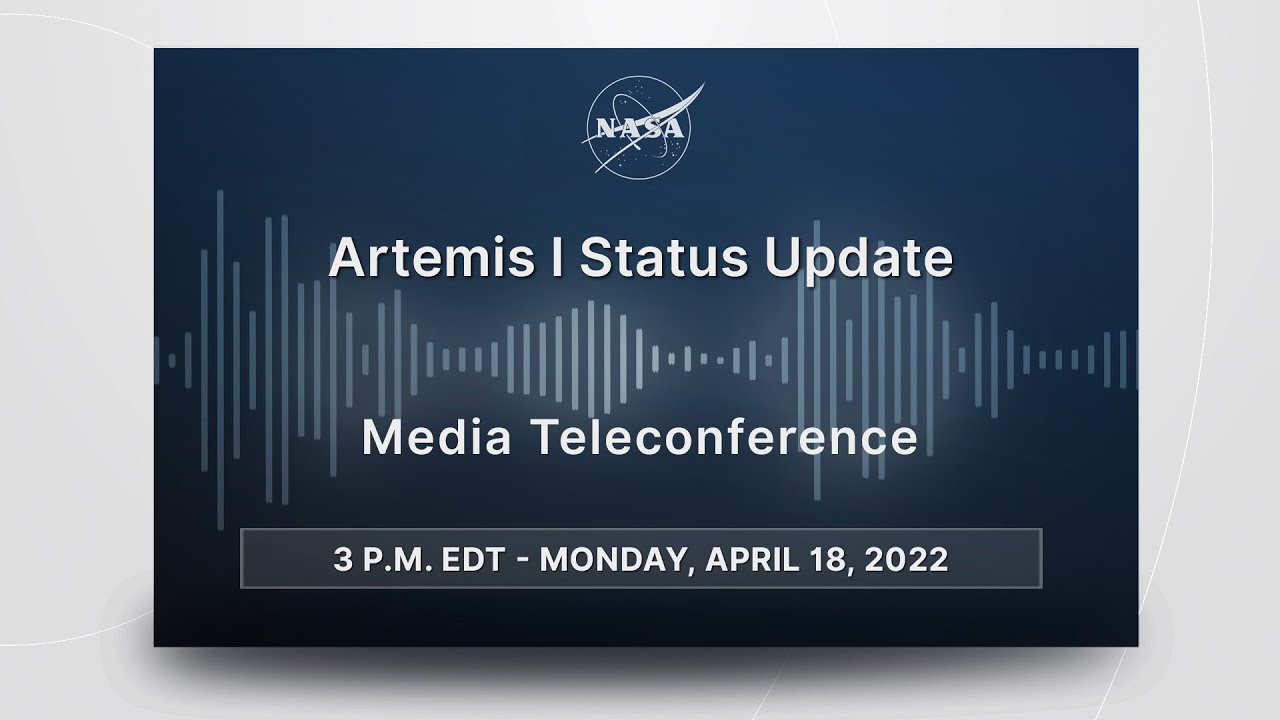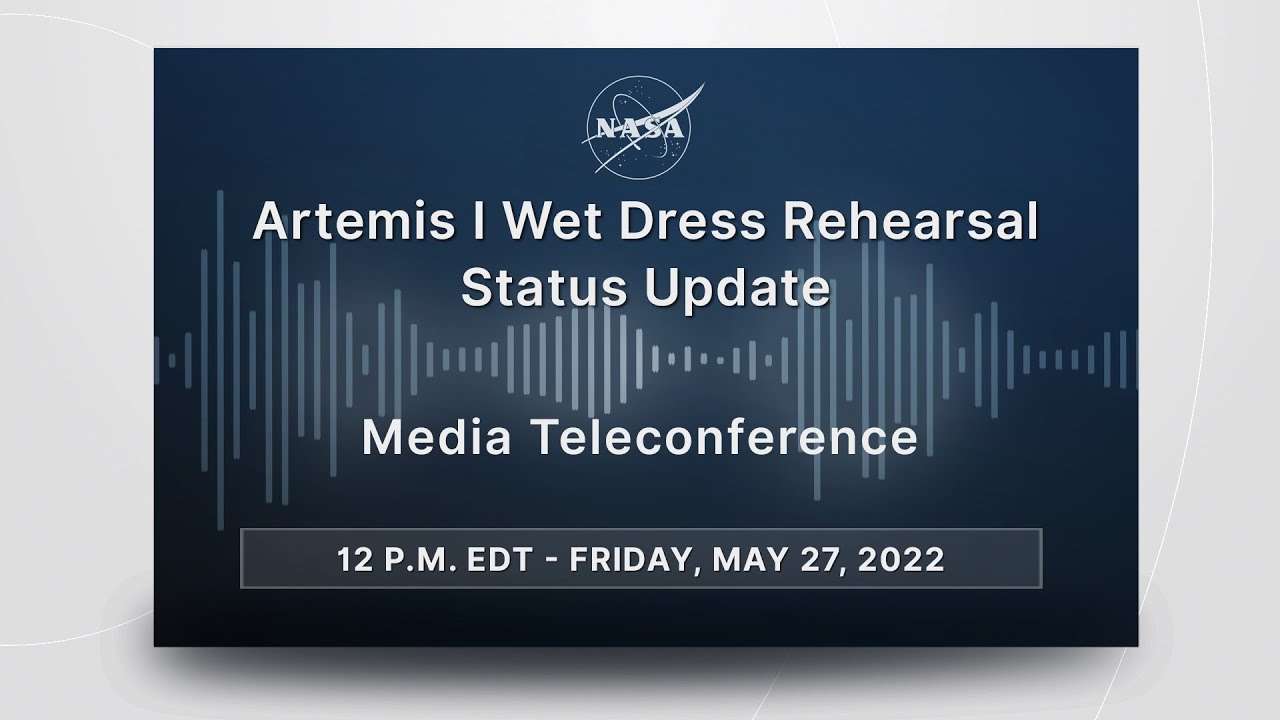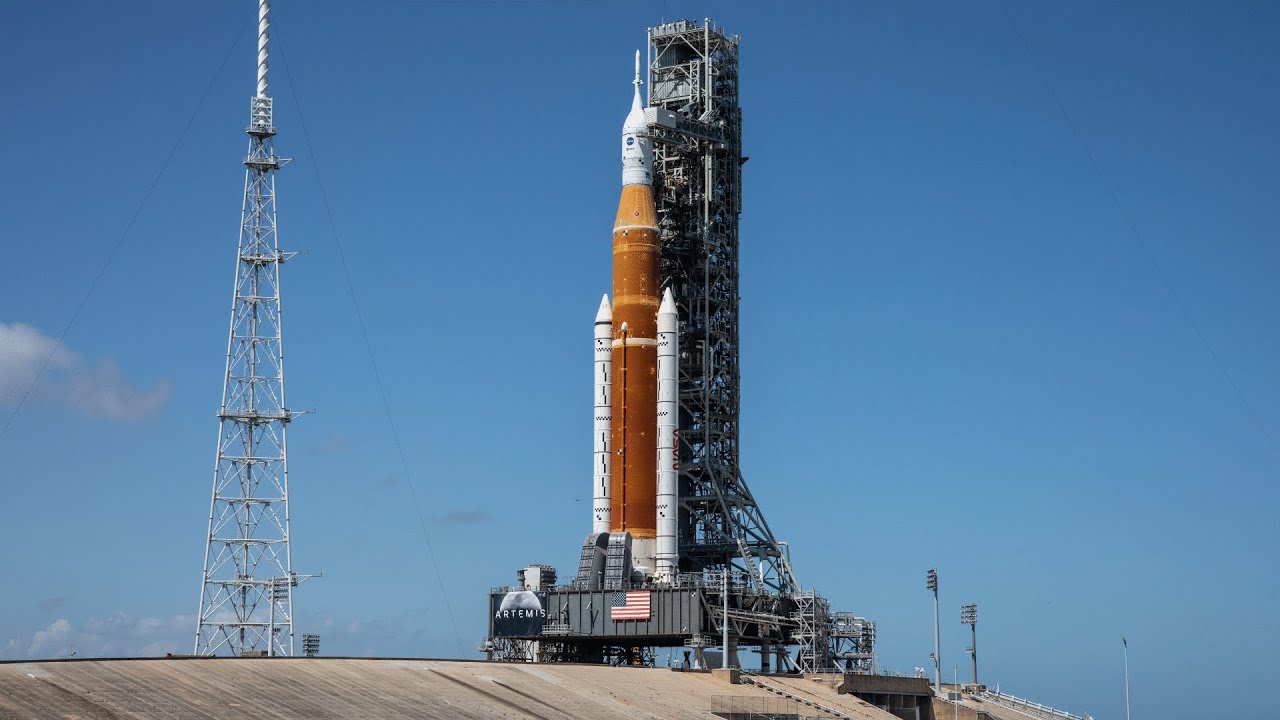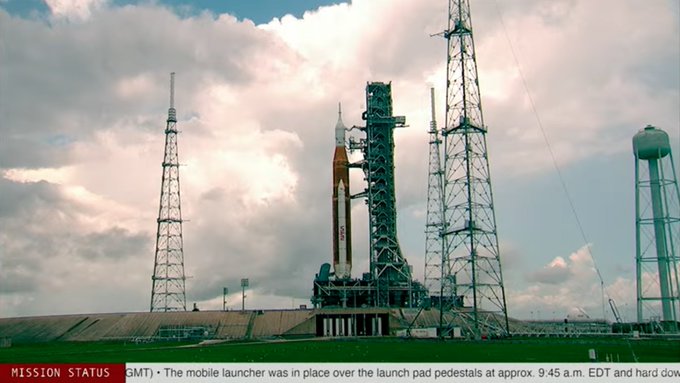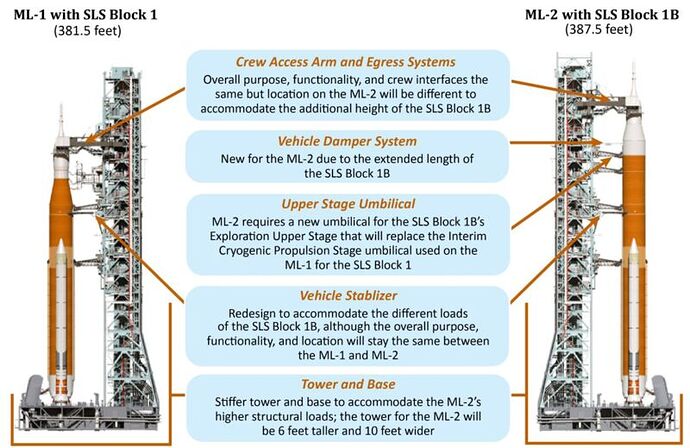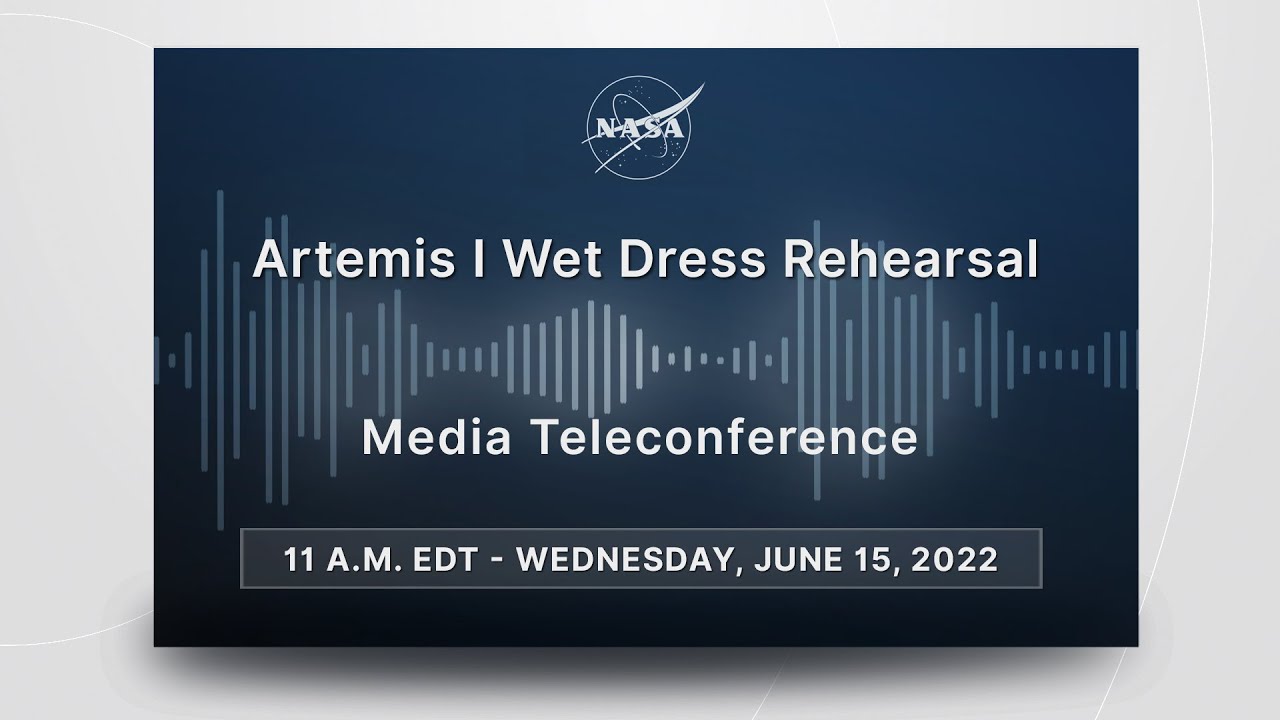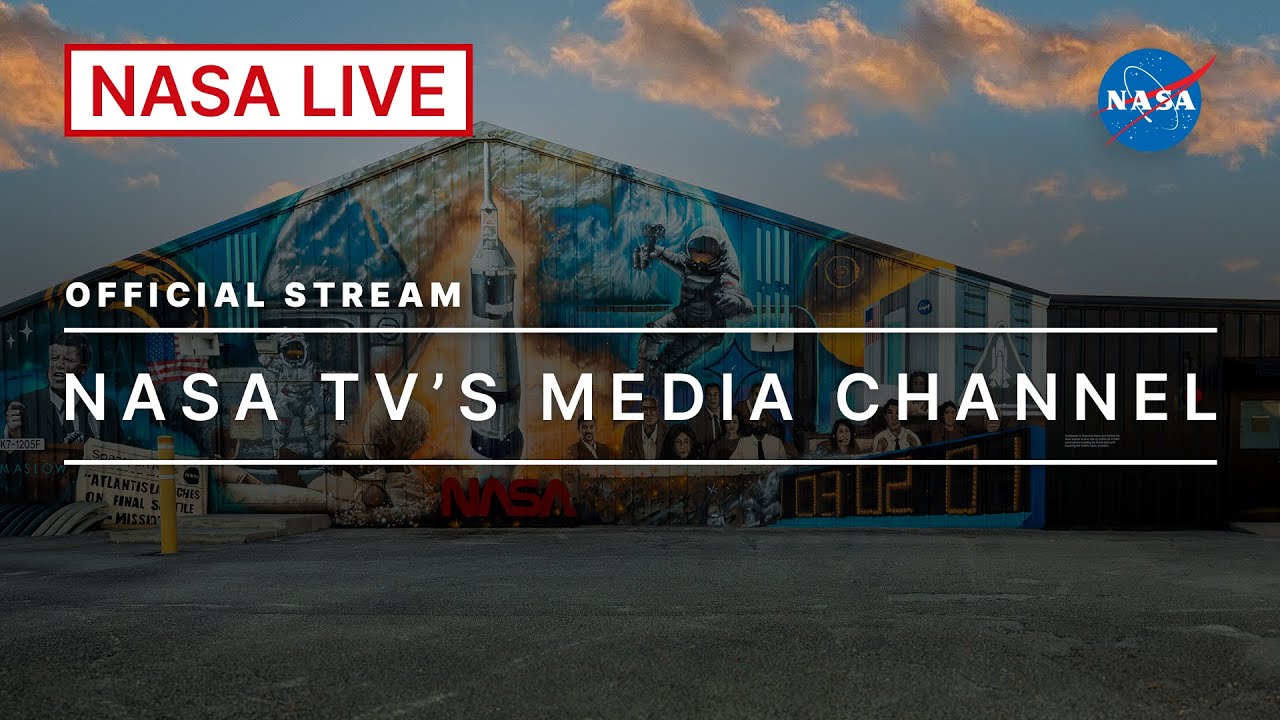Take a look at the SLS sitting on the launch pad in comment # 47. The box on which the rocket is sitting and the tower at the right to which it is connected is called the “mobile launcher”. The rocket is assembled on the mobile launcher in the Vehicle Assembly Building, then the launcher and rocket are rolled out to the pad by the crawler-transporter. During the Apollo era, three mobile launchers were used. These were subsequently converted for use with the Space Shuttle.
A new mobile launcher was built for the SLS program, ML-1, whose cost was originally estimated at US$ 122 million. By 2020, the NASA Inspector General estimated that construction had cost US$ 927 million and was three years behind schedule. ML-1 is the unit that appears in the picture above. But ML-1 is designed to service only the Block I SLS, like the one to which it is attached. This is an interim design, which according to current plans, only three of which will be built. The SLS is then supposed to transition to the Block IB configuration, which will have the ability to support sustained lunar operations via the Lunar Gateway.
Block IB, however, will require a mobile launcher which is taller, stronger, and configured with umbilical arms to support the new Exploration Upper Stage of that configuration
Three years ago, NASA awarded Bechtel Corporation a cost-plus contract to build a new mobile launcher, ML-2, for Block IB SLS. How’s it going? Eric Berger reports at Ars Technica, “NASA’s second mobile launcher is too heavy, years late, and pushing $1 billion”.
When Bechtel won the contract for this mobile launcher, named ML-2, it was supposed to cost $383 million. But according to a scathing new report by NASA’s inspector general, the project is already running years behind schedule, the launcher weighs too much, and the whole thing is hundreds of millions of dollars over budget. The new cost estimate for the project is $960 million.
“We found Bechtel’s poor performance is the main reason for the significant projected cost increases,” the report, signed by Inspector General Paul Martin, states. The report finds that Bechtel underestimated the project’s scope and complexity. In turn, Bechtel officials sought to blame some of the project’s cost increases on the COVID-19 pandemic.
As of this spring, NASA had already obligated $435.6 million to the project. However, despite these ample funding awards, as of May, design work for the massive launch tower was still incomplete, Martin reports. In fact, Bechtel now does not expect construction to begin until the end of calendar year 2022 at the earliest.
So, in short, the project has already overrun its original cost estimate by U$ 52.6 million and the contractor has yet to begin, you know, actually building the thing.
SLS remains true to form.
